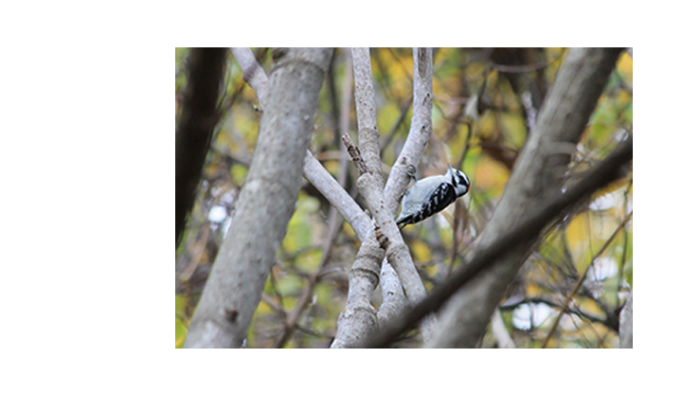Vincent Gruppuso found the best thing since the sliced bread he was delivering was rice pudding at Cozy Shack deli on his route in Brooklyn, so he bought the recipe and launched a dessert empire in 1967.
After changing the name’s “C” to a “K,” the U.S. Navy veteran opened a factory in Queens, moved facilities to Mineola a decade later, and then to Hicksville in 1994, where its headquarters remain today — but the recipe remains the same.
“Kozy Shack Pudding is real, wholesome pudding made one kettle at a time, just like grandma used to make,” said Andy Braunshausen, the company’s marketing director.
Over the years, the company grew from a one-man operation to having second and third plants in California and Ireland, plus its own logistics arm, Freshway Distributors. Customers voted with their spoons, as Kozy Shack is billed as America’s best-selling brand of rice and tapioca pudding with its four-ounce pudding cups on store shelves nationwide. The company also sells chocolate, flan, cinnamon raisin rice pudding, and French vanilla rice pudding.
“We grow in double-digit fashion every year,” Gruppuso reportedly told a 2003 Long Island food industry conference.
In 2006, the proverbial proof in the pudding came when The New York Times put Kozy Shack rice pudding on a list of its “Grocery Gems” and wrote that it “makes up in flavor what it lacks in glamour.”
A year later, Gruppuso died at age 67 in his East Hampton home from complications of diabetes. His company had about 400 employees and did around $140 million in annual sales at the time.
His three daughters who inherited the company grew sales to about $200 million by 2011, a year before Minnesota-based food giant Land O’Lakes, Inc. gobbled up Kozy Shack for an undisclosed sum.
Five years ago, Kozy Shack hired its first “spokes-grandma” to represent the company in a national media campaign to drive the point home that it’s “still made the right way, slow-simmered in small-kettle batches using simple ingredients like rice, milk, sugar and eggs.”

































